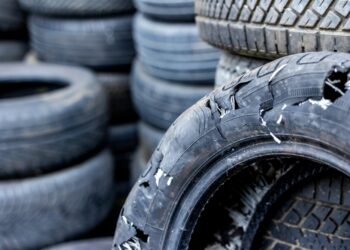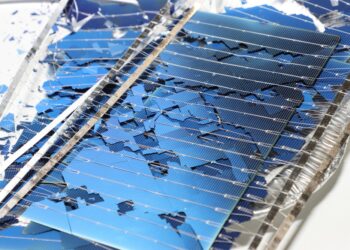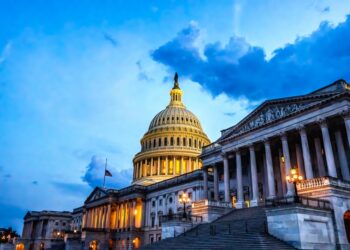The largest environmental benefit from plastics recycling comes when post-consumer resin (PCR) is incorporated into a new product, displacing virgin resin that would otherwise be used. To bring that somewhat abstract concept into real-world terms, we analyzed the effects of increasing PCR in one specific everyday item: plastic trash bags.
In the U.S. trash bag market, approximately 6 billion pounds of PE resin is used annually. The table below shows the details on what would happen if different levels of PCR usage were achieved in the production of these products. Note that 10 percent PCR is currently required in trash bags sold in California and one company, Revolution Bag, currently has a product line featuring 97 percent PCR.
Numbers were tabulated by More Recycling using information from several private reports as well as the U.S. EPA’s WARM calculator and extrapolation of California’s most recent waste characterization study.
Data Sort is produced each quarter by More Recycling. For additional information, go to morerecycling.com.
This article originally appeared in the February 2018 issue of Plastics Recycling Update. Subscribe today for access to all print content.

























